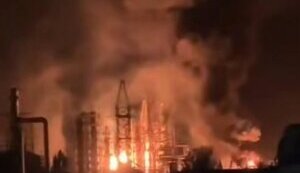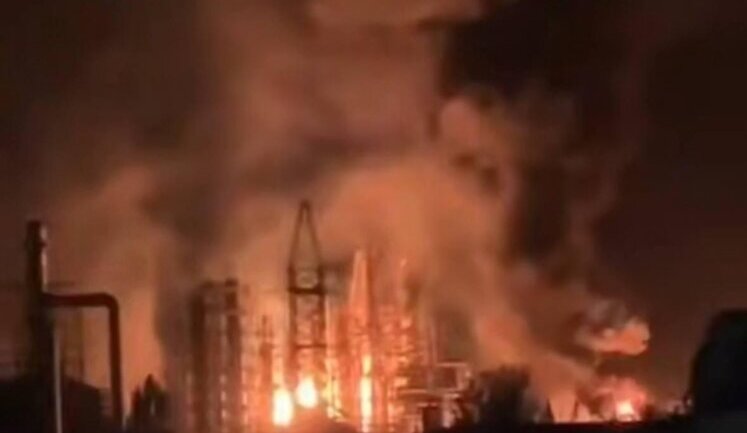Ukrainian Defense Forces have been actively striking significant targets in Russia, evidencing their operational precision and strategic planning. Recent actions have focused on oil refineries and key infrastructural facilities, including the Stavrolen plant in Stavropol Krai and the Orsknefteorgsintez refinery in Orsk. The utilization of drones has been pivotal, with attacks reported across multiple regions such as Orel, Saratov, and Kostroma. These strikes illustrate Ukraine's capability to project power deep into Russian territory, disrupting critical operations. The attacks have triggered responses, including Russia's recruitment of reservists to bolster facility defenses. As tensions elevate, the global community watches these developments closely.
What locations have been targeted by Ukrainian strikes on RF?
Ukrainian forces have targeted various strategic locations across Russia, including oil refineries in Volgograd, Saratov, and Orsk, as well as critical infrastructures such as the Stavrolen plant in Stavropol Krai and thermal power plants in Orel and Kostroma. These actions indicate a focus on undermining Russia's industrial and military capabilities.
How effective have Ukrainian strikes been on Russian soil?
The strikes have been notably effective, causing disruptions at key sites and facilities within Russia. Ukrainian forces have successfully carried out precision attacks on oil refineries, petrochemical plants, and thermal power stations, hampering operations and necessitating significant Russian defensive measures.
What is the role of drones in Ukrainian strikes on RF?
Drones have played a critical role in Ukrainian military operations, offering flexibility and precision in targeting. They've been deployed in strikes against oil refineries and infrastructure in multiple Russian regions, significantly enhancing the reach and impact of Ukraine's defense strategy.
How has Russia responded to the ongoing strikes?
In response to the ongoing Ukrainian strikes, Russian authorities have embarked on a mass recruitment drive of reservists aimed at protecting critical infrastructure. This move underscores the seriousness of the threat perceived by Russian decision-makers and highlights the challenges posed by Ukrainian precision attacks.
What international implications do these strikes have on Ukrainian-Russian relations?
The strikes have intensified the existing tensions between Ukraine and Russia, drawing international attention and concern. The operations suggest a new phase in the conflict that could redefine future diplomatic and military engagements, impacting regional stability and security in the broader geopolitical landscape.

































































